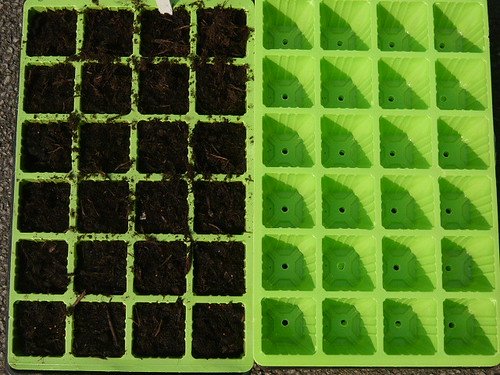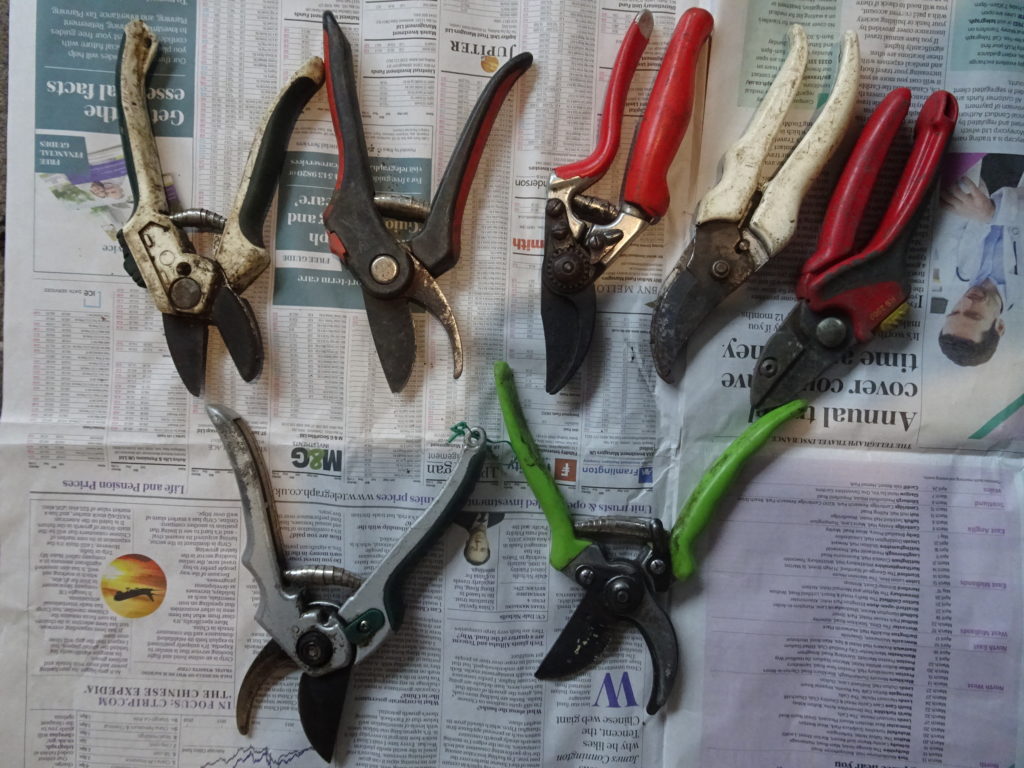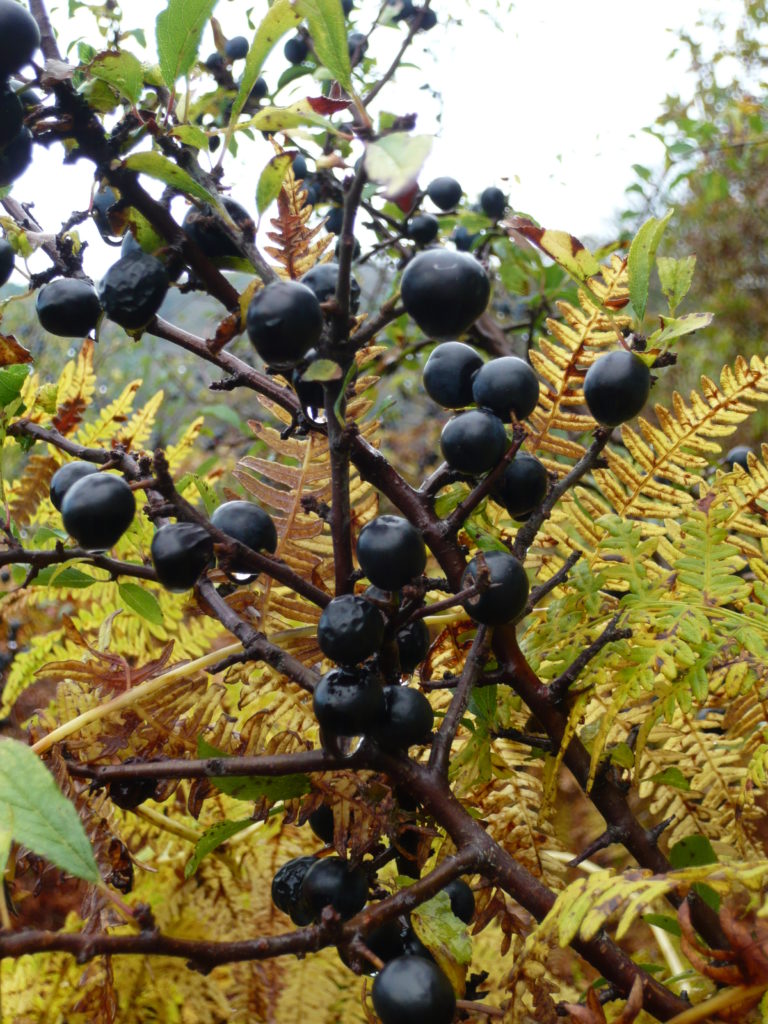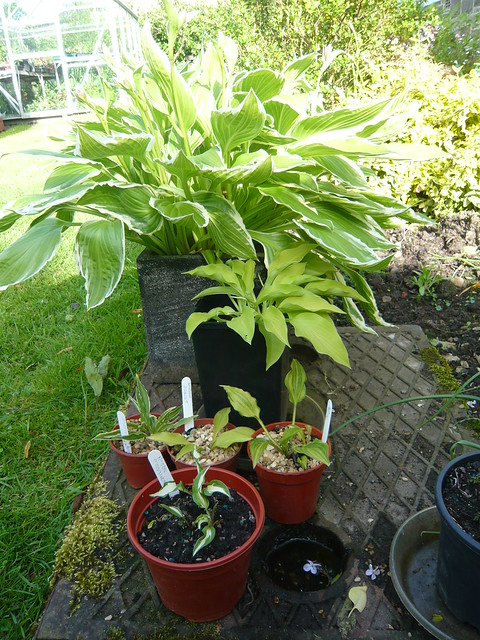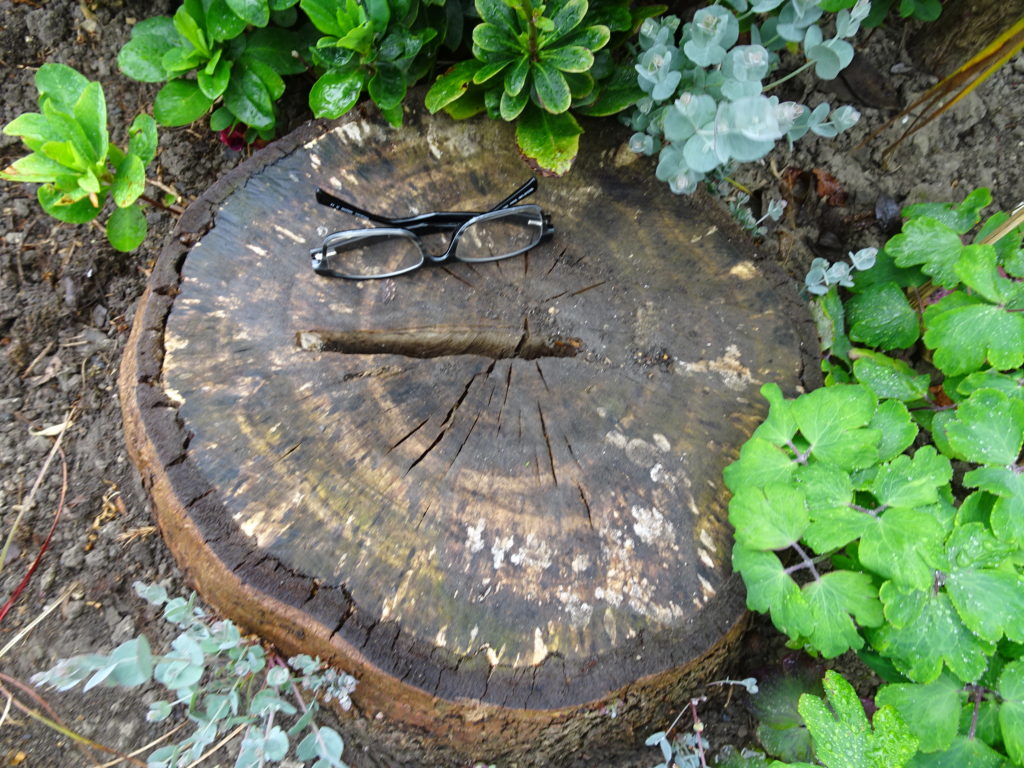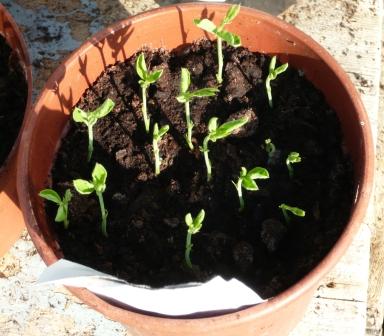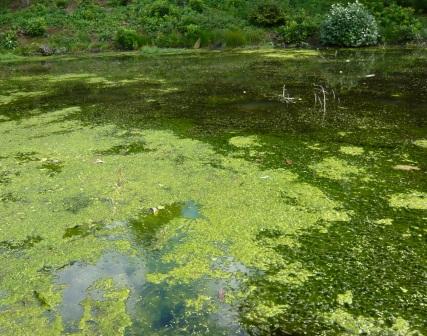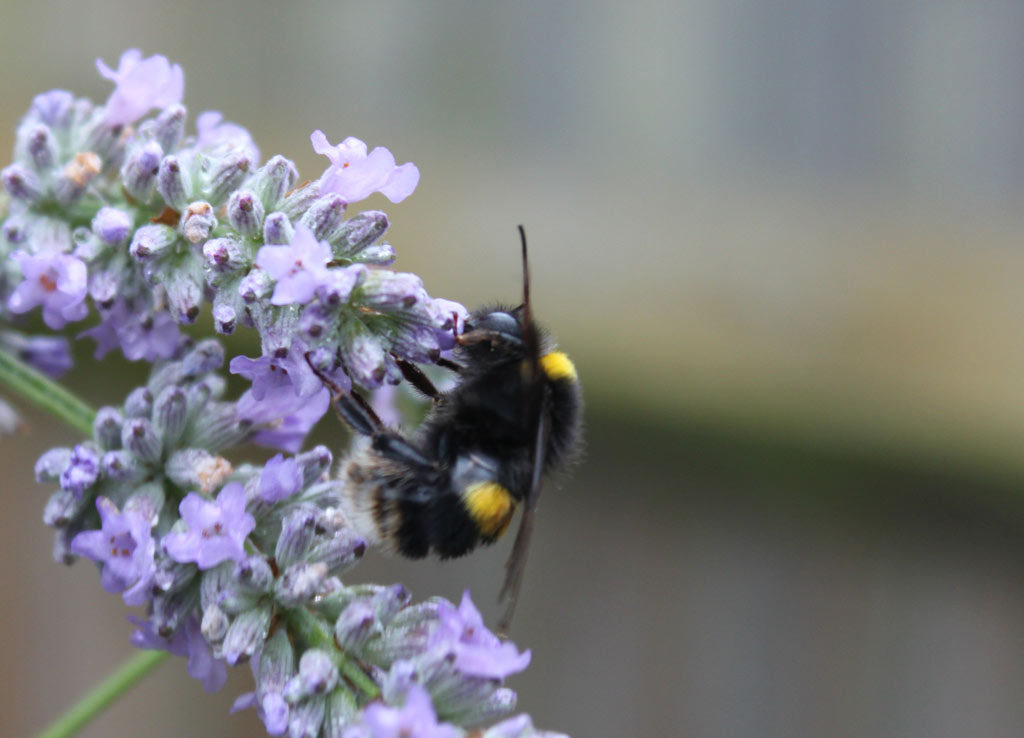Canes for Support in Gardens
‘Oh the old bamboo the old bamboo never-ever bother with the old bamboo’ That song reminds me to weed out the poor and damaged canes I have left over from previous seasons. Away with split canes that snag and frustrate and may carry disease.
In Praise of Canes

- A good long one will do better than a good short one – well not always as excess length waves around and looks untidy. Fortunately you can shorten canes with secateurs and the off cuts can be used for shorter plants.
- Why should Sweetpeas be forced to spend energy on climbing when I can help them with a good cane arrangement.
- Why should runner beans get top heavy and risk being blown sideways.
- Good gladioli and chrysanthemums will be better for a bit of practical and moral support
- Temporary solutions to problems can often be solved by judicious use of canes.
- Now my plants are able to perform with the aid of my new canes, string and net supports.
- I like the idea of mixing bamboo canes with more twiggy stems. I also like the idea of putting two canes across the middle of twin rows of canes for extra support and rigidity
- This year I resolve to support my plants better than ever before.
None Bamboo Canes
- Â A Large Hazel has already provided a crop of stems to use as further supports. They can be woven in with other supports and look more natural than bamboo.
- Willow and hazel can be cross hatched to provide a frame work for shrubby plants to grow through.
- Pea sticks are often short slivers of bamboo painted a dark green. Useful for around 12″ of support.
- Nylon and other plastic ‘canes’ are obviously not canes but are long lasting and can do a similar job.
- New tree and shrub supports are more likely to be stakes and ‘gardeners should be choosers’ when it comes to the right strength of item for the job.
To my surprise Amazon now supply or arrange to supply canes in volume via the web – it makes transporting the 7-8 foot ones in my car a thing of the past.


